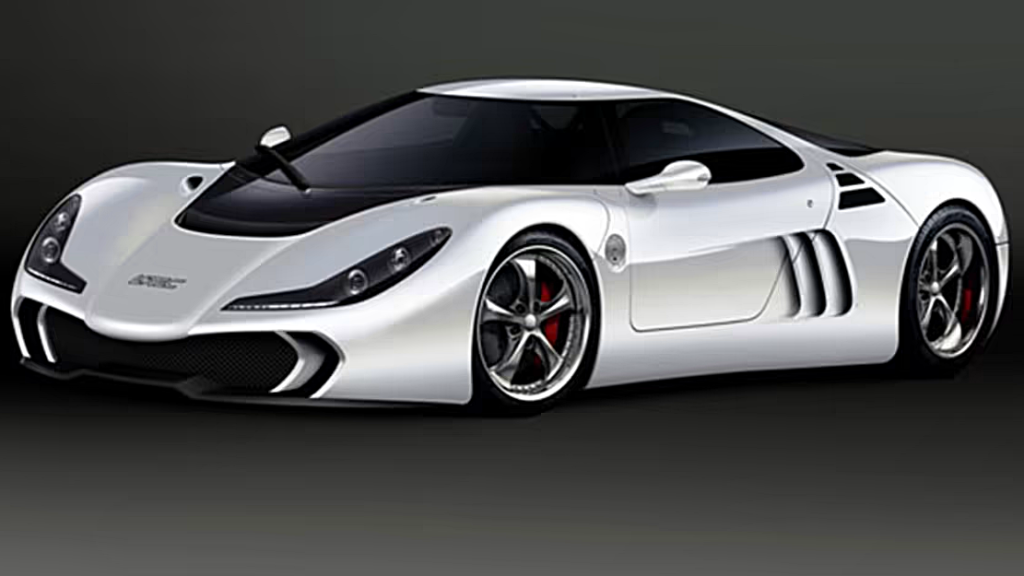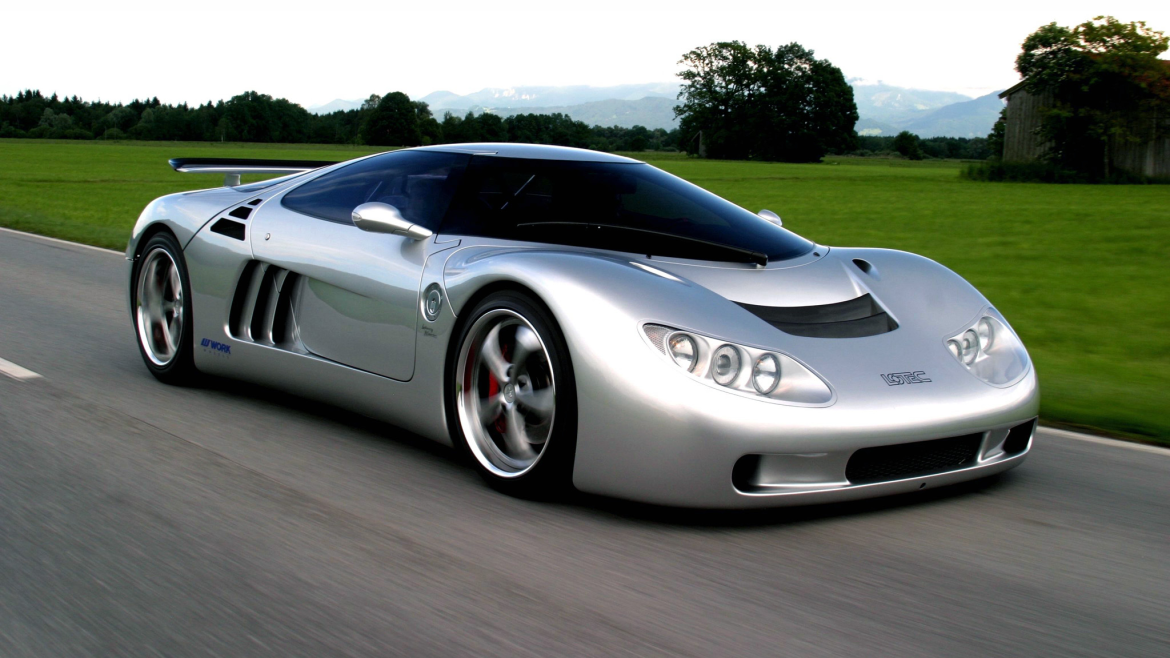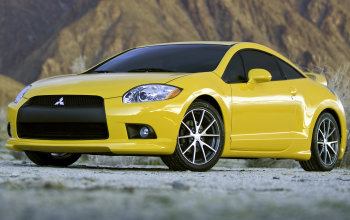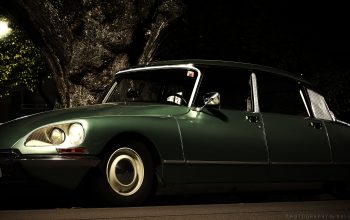Extremely rare and unknown, this German supercar could rival the Veyron.
History is filled with underappreciated and underadvertised supercars that time has hidden from the public, and the 2001 Lotec Sirius is no exception. This German supercar was designed to be the fastest car in the world when it was conceptualized and showed great promise. However, just like many other independent models on the market, it was quickly forgotten by the public. Which is why it fits perfectly into our new segment Raving Rarities, in which we will discuss rare and unknown models that time and public never did justice. Without further ado, it is time to get into it.

The Production Phase of Lotec Sirius
Founded in 1962, Lotec was initially a company that built racing cars like the Lotec 681 and C190, led by Kurt Lotterschmid. They would later work on Porsches in mid-70’s, making one-off models like the Lotec 928 GT. While they were still a small fry, it would change in 1990 when an oil baron from United Arab Emirates commissioned a supercar that would go and drive like no other. The finished product was named C1000 and it was one of the first ever cars to surpass 1000 horsepowers. The source of this massive power was a 5.6L Mercedes-Benz V8 and two Garrett turbochargers strapped to it. It might have been an one-off, but C1000 established Lotec as a manufacturer that can potentially build the fastest car in the world. Knowing this fact well enough, Lotec started working on their next project which promised even better performance.

Their new project, designed by Kurt Lotterschmid himself, was called ”Sirius” and the production started as early as 1998 and it was unveiled for the first time in 2000, and it was produced as a one-off in 2004. The cutting edge modern design and a striking name taken from a star tells half the story. Lotec’s engineers used the lightest materials possible for the bodywork, which is composed of… get ready… chrome-molybdenum tubular steel-carbon fiber composite, which was more than enough to reduce its kerb weight to just 1280 kilograms (2821 lbs). Despite its feather lightness, it still had scissor doors and enough room for two people inside. The interior was less flamboyant than the outside as it was as simplistic as possible, which definitely creates a lovable contrast. Moreover, the driver is met with copious amounts of carbon fiber inside the Sirius, reminding them how light and quick the machine they are driving. Meanwhile, a fixed spoiler at the back keeps the car on the ground at all times and race-spec Brembo power brake system and ABS meant that could stop just as well as it could accelerate.

Pure Speed Machine: by Mercedes-Benz V12
While Sirius was a good looking and lightweight car that can even be considered one of the first hypercars, what made it so great was the powertrain. It was fitted with a heavily modified 6.0L twin-turbo Mercedes M120 V12 engine, producing 1,000 HP and 1,100 NM at 0.85 bar boost and 1,200 HP and 1,320 NM at 1.20 bar boost. But it gets even better, as this massive power was put on the tarmac through a quick 6-speed manual transmission. According to Lotec, it could reach 60 mph in 3.8 seconds, but with that amount of power, we’re sure that it can reach in around as low as 3.2 seconds. Lotec never made any top speed runs with it, but considering that C1000 could surpass 400 km/h, it is believed that Sirius could also surpass 400 km/h as well, and even go beyond. Definitely with the 1.20 bar boost, that’s for sure. Back in 2004, when Bugatti was still putting their finishing touches on Veyron, very few cars could match Sirius’ performance. Sadly, the Sirius was never mass produced as a result of financial troubles, and when Veyron 16.4 was introduced in 2005, it caught up the world by storm and hailed as an engineering achievement, while Lotec did the same long before them.

Lotec had plans to return to making supercars and a second generation Sirius in 2008, but as a result of unknown reasons, the modernized Sirius never happened, and Lotec never surfaced ever since. Knowing how powerful the old Sirius is, it is easy to guess that the new one would’ve been even better and be a worthy modernized rival to the Veyron. Brands like Lotec are the unsung heroes of the hypercar world, and this is exactly why Sirius deserves to be remembered and recognized as one of the best independent hypercars ever made. Thank you for reading this issue of Raving Rarities, and I hope to see you on the next rare gem.




